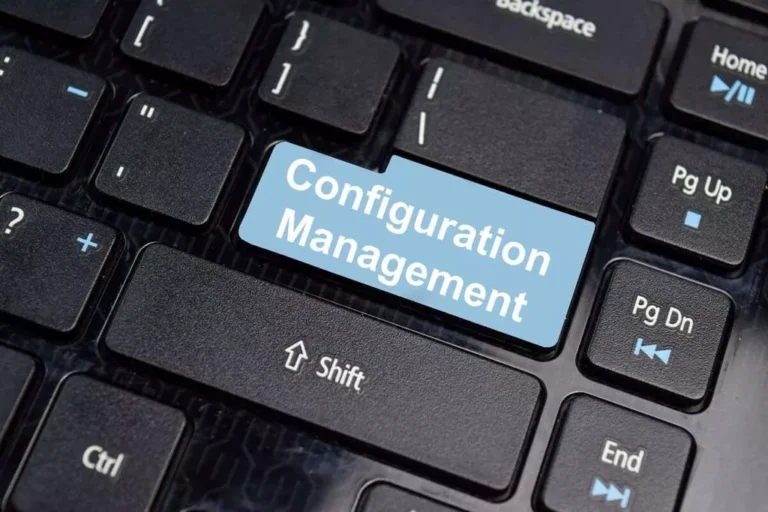Information stored in the cloud may be accessed from anyplace and on any gadget offered you presumably can log into the cloud server housing it. This solution uses knowledge integration to move data into the cloud but ignores a crucial asset—the application business logic. That means your supplier wants to offer you high quality help befitting a valued purchaser hybrid integration solutions in the occasion that they need to be worth contemplating. Your FLC (full life cycle) needs to be manageable inside your hybrid integration platform. That’s because your platform is ideally going to be helpful to you throughout every step of the combination and implementation process. If it doesn’t cover the complete life cycle, you can’t manage every of those steps equally effectively.
Pioneering The Digital Ecosystem Landscape For 25 Years
With hybrid cloud orchestration, automation is on the middle of those higher degree operational activities. Forrester observes that the initial rush to “lift and shift” to the cloud has now been changed by a focus on modernization and digital transformation. Cloud migration is the primary step in an extended journey to reap the advantages of the latest cloud-native technologies and companies. Hybrid integration helps create streamlined processes underpinning automation and offering constant buyer expertise, all while breaking down obstructive knowledge silos.

Bottom Line On Hybrid Integration Platforms
SAP will proceed to spend cash on the SAP-to-SAP out-of-the-box integrations for hybrid scenarios along the integrated clever suite. Our goal is to provide customers with the capabilities they should help ensure an open and holistic integration with partner and third-party solutions. All hybrid integration platforms are totally different, and every one comes with its pros and cons. To help you navigate the many choices that exist, this list of must-have elements will function a guide to slim down your choices. They’ll give you all of the hybrid cloud migration help you need, permitting you to give consideration to pulling your integration strategy together without worrying about whether it’s efficient enough.
Information Democratization: Enabling Ai And Business Insights Via Structure
Hybrid integration platforms make this simpler, and the most effective ones guarantee it’s seamless. Lastly, enterprise integration instruments for hybrid cloud ecosystems are generally very versatile. A cloud-based resolution may be personalized more easily than an on-premise-based one. This offers enterprises the room they should adjust tools to their particular needs.
Why You Should Select Openlegacy As Your Hybrid Cloud Integration Platform
- Thanks to our streamlined and simplified strategy to accessing data from backend systems, you’ll be succesful of accelerate your time-to-market speeds by a minimal of 10 times.
- While it would be finest to find a answer that meetsyour particular necessities, there are a couple of good locations to begin.
- The method employs middleware options (e.g., ESB, iPaaS, and ETL tools) to deal with IoT connectivity and backend integration.
- Where data streaming is occurring in actual time and at a large scale, accessible from any location.
Through visual design tools and different collaborative features, non-technical users can participate within the integration course of, releasing up IT assets and fostering innovation within the group. Torry Harris Integration Solutions (THIS) presents a set of combine and match providers to assist enterprises efficiently remodel their integration instruments and practices. Hybrid integration ought to be deployable throughout quite a few totally different fashions, versus staying inside the on-premise and cloud surroundings. That ought to embrace embedded fashions that use headless deployment, which is quick changing into standard fare for SaaS applications. With this wealthy set of integration capabilities that SAP’s Business Technology Platform offers as a part of its integration strategy, prospects can accelerate their journey to digitize their value chain. These solutions concentrate on cloud applications completely and therefore want a separate HIP that helps on-premise techniques.

Most firms rely on hybrid integration to connect cloud and on-premises platforms, two opposing expertise models that do not integrate intuitively. For instance, on-premises software program is put in and runs on a company’s inner hardware infrastructure, whereas cloud software is stored and managed on non-public or public servers in the cloud. Integrate information and applications on-prem and in the cloud with a hybrid integration platform. As enterprises evolve, the devices that compose their IT infrastructure have gotten extra decentralized and unfold out across a a lot greater bodily house. It’s essential that a hybrid integration solution can combine endpoints from on-premise devices, the cloud, cellular gadgets and even IoT devices.

Torry Harris is a ‘Strong Performer’ in The Q Forrester Wave™ for API Management Solutions. This report reveals how each supplier measures up and helps know-how structure and supply (TAD) professionals choose the right one for his or her wants.
With extra organizations adopting API-first strategies, exposing and managing APIs has turn into important to making sure interoperability between systems. A HIP supplies you with tools to secure, monitor, and scale your APIs, providing a controlled setting where information may be shared between inside systems, prospects, and partners. Data integration lies at the coronary heart of most enterprise operations, and your HIP will be liable for synchronizing knowledge between systems. Whether you are shifting knowledge between on-premises databases, cloud-based purposes, or third-party systems, a HIP ensures that your knowledge is constant, safe, and available the place and when it’s wanted. The output from the sooner step will help to outline the goal integration structure and the deployment model.
Most individuals don’t have native-level familiarity with cloud computing, but success in the digital financial system requires that kind of experience. For organizations in need of support, an HIP offers all the mandatory tools and capabilities to help make their integration strategy — and finally their digital transformation — simple and cost-effective. More and extra organizations are discovering that established on-premise solutions can no longer solely assist the shift to this greater gear. Today’s integration technologies are required to be faster, more agile, and scalable.
Hybrid integration platforms scale back the quantity of development time wanted to get purposes to work collectively. With time-saving practices corresponding to low-code and drag-and-drop capabilities, much less time-consuming improvement, allowing builders and architects to concentrate on digital transformation initiatives versus piecemeal coding tasks. Given its innate scalability, hybrid integration accelerates development, which in turn will increase earnings. Enterprises could choose between cloud and on-premises storage fashions to assist control prices. When the company must increase or modify its expertise infrastructure to assist a new business alternative, it must invest vital time and resources to render the change. Hybrid integration platforms and integration methods assist coexistence of all systems, enabling the agility and resilience central to the health of the business.
A HIP is what’s often identified as an integration platform as a service, or iPaaS, the functionality of which is made available as a cloud-based platform. However, a standard iPaaS usually only handles plug-and-play integrations between SaaS applications. By comparison, a Hybrid Integration Platform can connect lots of of functions, including your on-premises business software program. Integration Platform as a Service (iPaaS) offers a cloud-based approach to streamline the connection of diverse techniques and knowledge sources, evading the necessity for on-site hardware.
Not only is that this an ineffective approach, it additionally ignores the truth that many legacy elements can nonetheless serve key functions in a hybrid IT setting. HIPs streamline business processes and make the enterprise’s complete organization more efficient by automating connections and growing scalability. That means enterprises are higher ready to answer challenges associated to the platform mannequin, with their very own revolutionary options. Hybrid integration is a course of by which organizations join all of their methods, purposes and knowledge into a single, seamless whole. As companies transform, they’re increasingly spreading their techniques throughout non-public and public cloud and on-premise locations.
At its core, a HIP is an evolution of conventional enterprise integration patterns tailored for contemporary hybrid IT environments. It combines the capabilities of legacy on-premises integration instruments with cloud-native applied sciences to ensure frictionless connectivity between your methods and enterprise applications regardless the place your data is hosted. Hybrid Integration Platforms allow businesses to reply shortly to changing market situations and buyer calls for by providing the flexibility to integrate new methods, purposes, and knowledge sources quickly. With seamless integration capabilities, firms can innovate, improve their choices, and quickly seize emerging market opportunities. The finest HIPs will equip your citizen integrators with the power to quickly implement bi-directional data integration connections even throughout firm boundaries.


